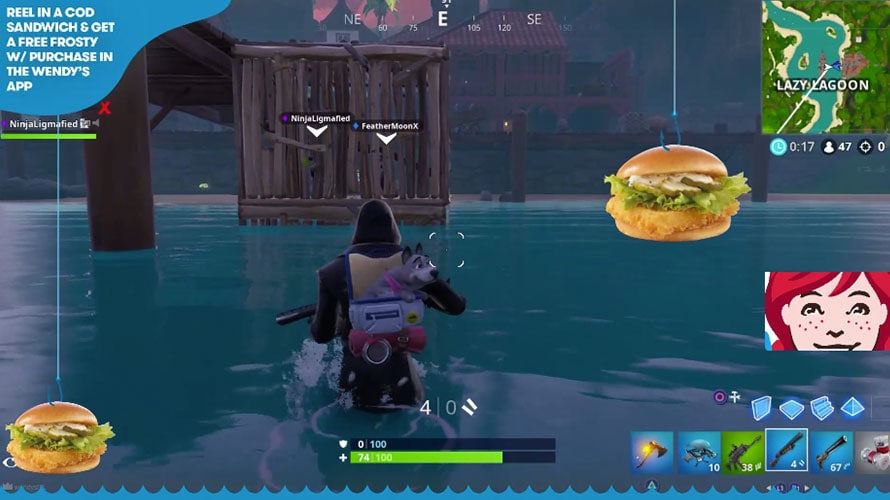Why Brands Should Take a Look at Twitch
By Inspira Marketing
October 16, 2019
By Inspira Marketing
October 16, 2019
For brands, connecting with younger consumers remains one of the most tried-and-true methods for building a loyal following. However, in today’s increasingly cluttered digital landscape, it’s getting more difficult to reach younger audiences en masse. Whether it’s through ad-blocking while surfing the internet or avoiding commercials by watching streaming services such as Netflix, younger consumers are seeing fewer and fewer traditional advertisements.
For us, as marketers, this means we have to do a better job of meeting these audiences where they’re most receptive. With younger consumers investing money in experiences over things, experiential marketing is one way to do it. Still, though, we need to find ways to extend these experiences to those who are unable to be there in person. So, we ask: are you familiar with Twitch?
What is Twitch?
While known primarily for its popularity amongst gamers, Twitch is so much more than that. The Amazon-owned upstart brands its service as “Multiplayer Entertainment,” but what exactly does that mean? Whether it’s gaming, live sports, creative pursuits, or a Gary Vaynerchuk talk show, the majority of the content being watched is happening in real-time – ninety percent of it, to be exact. This allows viewers the ability to tune in, interact with their favorite creators, and hang out with others in the creator’s community with shared interests. That kind of dialogue with consumers is exactly what brands crave, right?
 (Image Credit: Adweek)
(Image Credit: Adweek)
Top numbers to know
That’s great, but how should brands use it?
It’s easier said than done, right? The reality is that Twitch isn’t the answer for all brands looking to connect with younger consumers. After all, your message needs to resonate for any such investment to make sense, and we know that Millennials and Gen Zs treat marketing with a healthy dose of skepticism. Whether it’s entertaining them or informing them, your message needs to provide some sort of value to the audience.
Is your brand looking to show how its food products can fit into an active, healthy lifestyle? Try streaming a colorful cooking demo that not only demonstrates the brand’s value, but also lets younger consumers interact with the host and ask questions about cooking for themselves at home. Such a value exchange can lead to a purchase the next time they stroll (or click) through the grocery aisles.
This, of course, is but one example of many. The great thing about Twitch is that the abundance of content allows for a variety of applications for brands looking to get in on the streaming sensation. Contact us today to learn how our suite of experiential-led marketing services can help you reach Millennials and Gen Zs and earn their loyalty.
Sources: comScore US 2019, Twitch RPG 2019